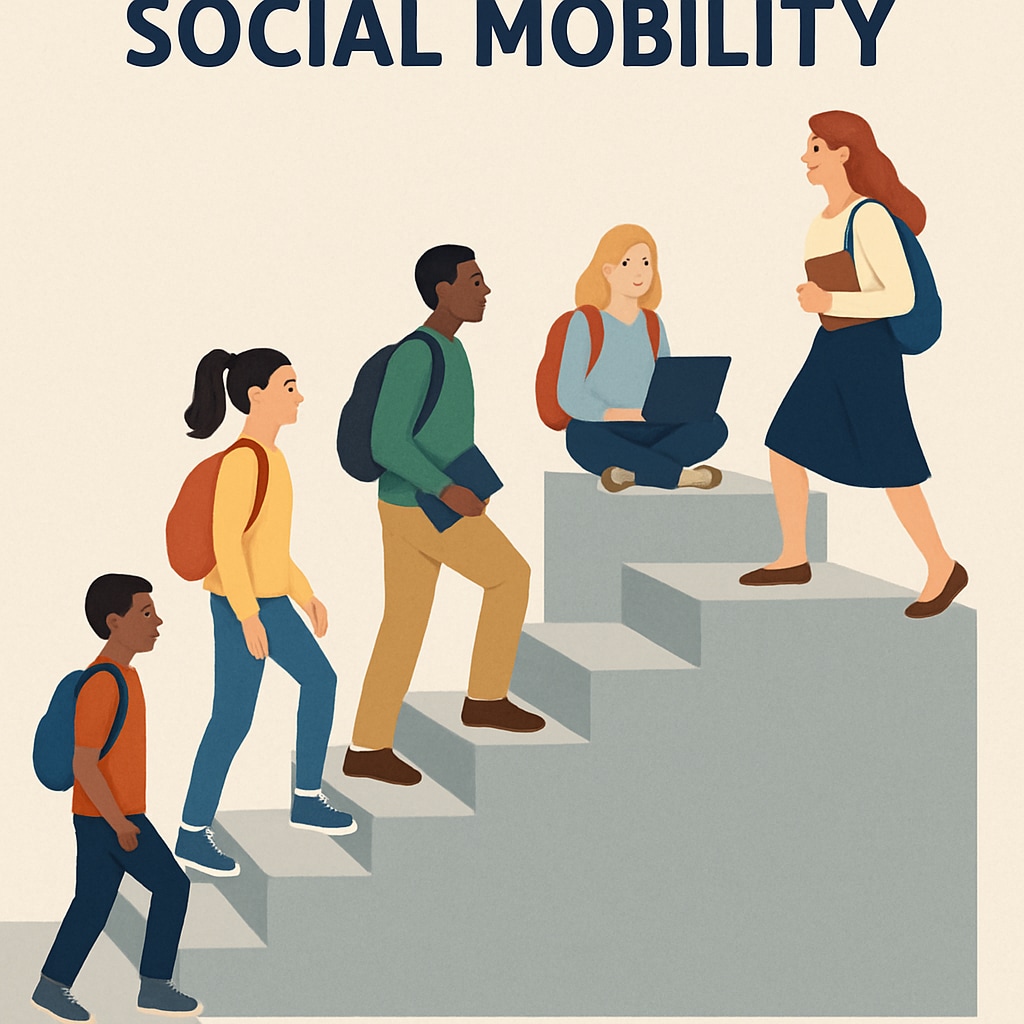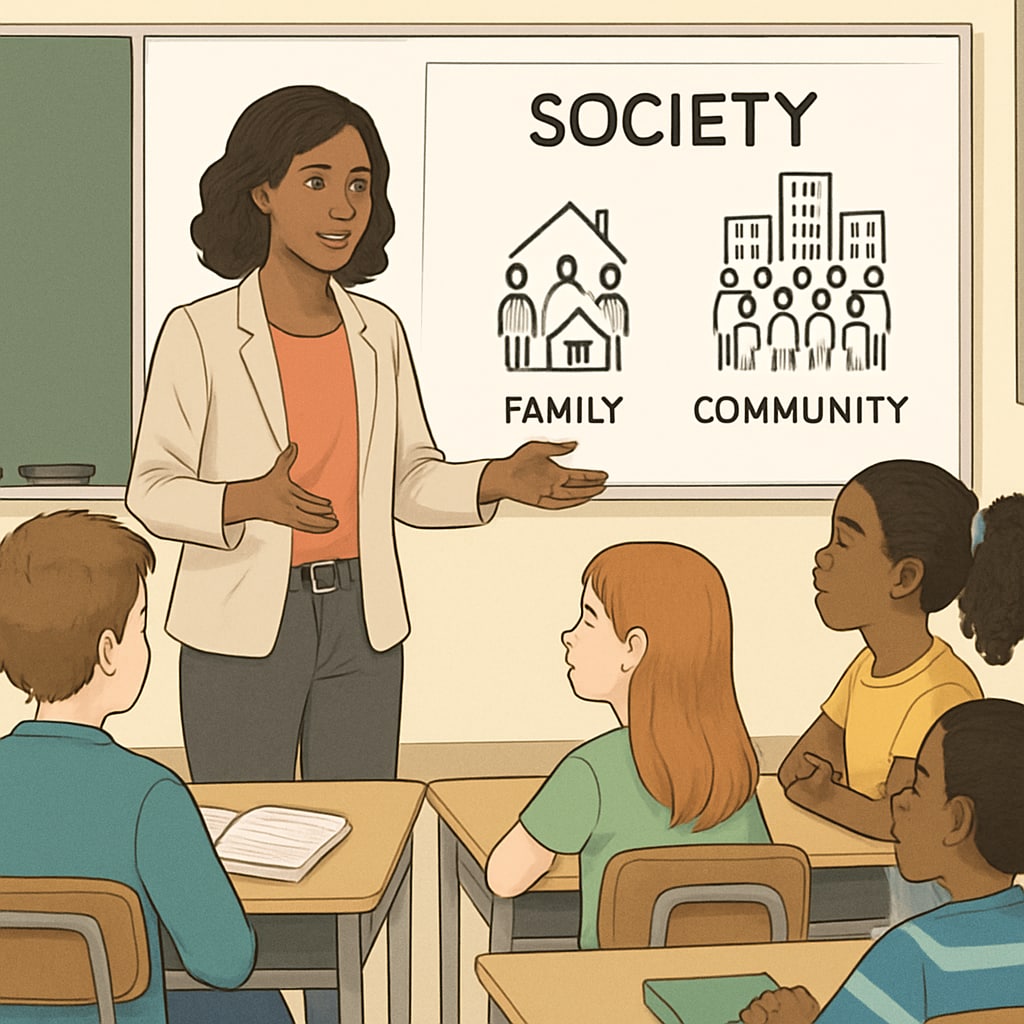The depiction of the class system, social studies, and rigidity in K12 education has sparked significant debate among educators and sociologists. By framing social class as a “rigid system,” some argue that such narratives unjustly constrain students’ understanding of social mobility. This article critically examines the impact of these portrayals and advocates for a more balanced, nuanced approach to teaching social structures in schools.
Is the Class System Truly Rigid? A Critical Look
In many K12 classrooms, the class system is often presented as a static or highly rigid construct. While this description may reflect historical or systemic inequalities, it risks oversimplifying a complex reality. Social mobility—the ability of individuals to move between different social classes—exists, albeit with challenges. However, emphasizing rigidity alone can inadvertently lead students to view their futures as predetermined, undermining their motivation to strive for upward mobility.
For example, studies from Britannica indicate that while structural barriers like income inequality and education access persist, there are success stories that highlight the potential for change. Ignoring these nuances can hinder students from developing a well-rounded perspective.

The Role of Education in Shaping Social Perspectives
Education is a powerful tool for shaping how students perceive the world, including concepts like class, opportunity, and equity. Narratives about the class system in social studies curricula can influence whether students adopt a defeatist or optimistic attitude toward social mobility. Therefore, educators have a responsibility to present these topics in a way that encourages critical thinking and inspires agency.
To achieve this, teachers might consider incorporating diverse case studies, including examples of individuals who have overcome systemic obstacles. Additionally, fostering classroom discussions that explore both structural challenges and individual agency can create a more balanced understanding.

Recommendations for Balanced Social Studies Curricula
To address the limitations of current educational narratives, the following approaches can be implemented in K12 social studies:
- Include Multiple Perspectives: Present both systemic barriers and stories of social mobility to avoid oversimplification.
- Encourage Critical Analysis: Use activities that ask students to evaluate the factors influencing social mobility, such as education, policy, and individual effort.
- Promote Active Engagement: Introduce real-world projects where students can explore local organizations or policies aimed at reducing inequality.
By adopting these strategies, educators can empower students to critically analyze societal structures while maintaining hope for progress.
Conclusion: Moving Beyond Rigidity Narratives
While the class system, social studies, and rigidity are essential concepts in K12 education, their portrayal must go beyond simplistic or one-dimensional narratives. A balanced approach that includes both the challenges and opportunities of social mobility can foster critical thinking and inspire students to envision a more equitable society. As educators and policymakers, we must ensure that our teaching not only informs but also inspires.
As a result, a reimagined curriculum could better equip students with the tools to question societal norms, challenge inequalities, and contribute to meaningful change in their communities.
Readability guidance: Short paragraphs and clear subheadings are used to enhance comprehension. Lists summarize key points, and transitions like “however” and “therefore” are incorporated to ensure flow.


